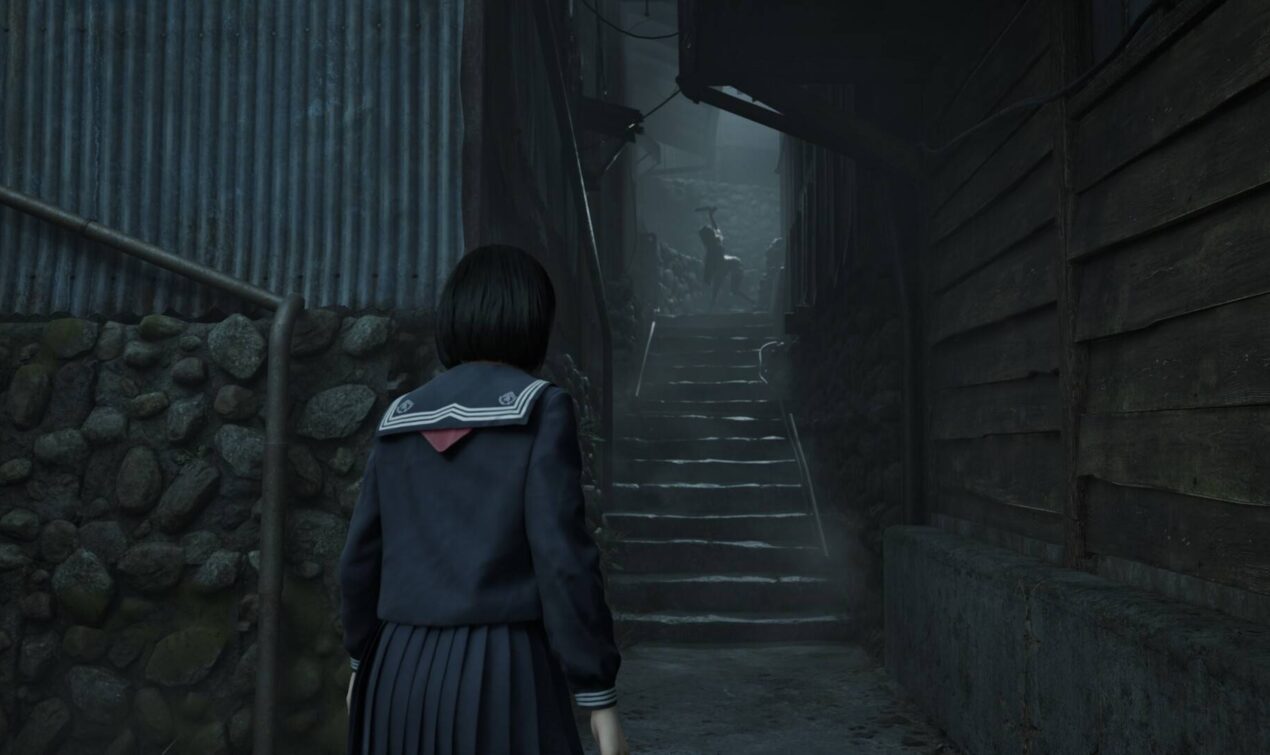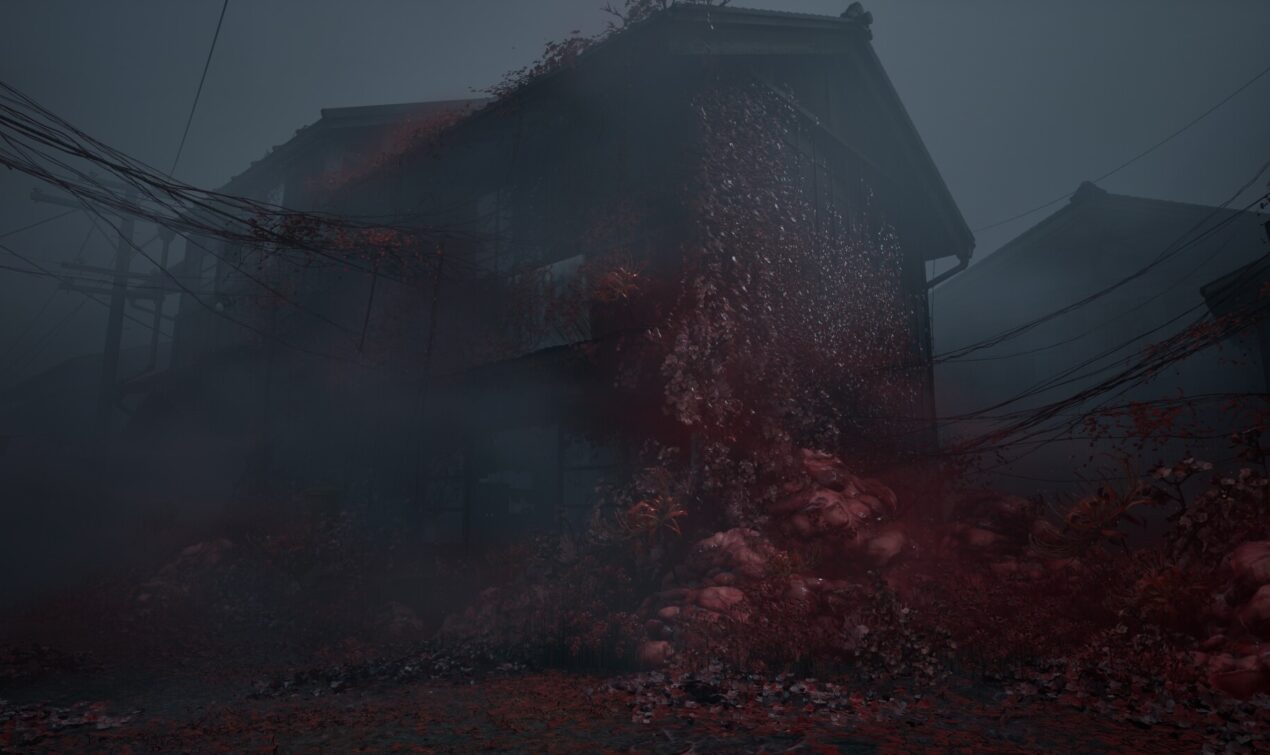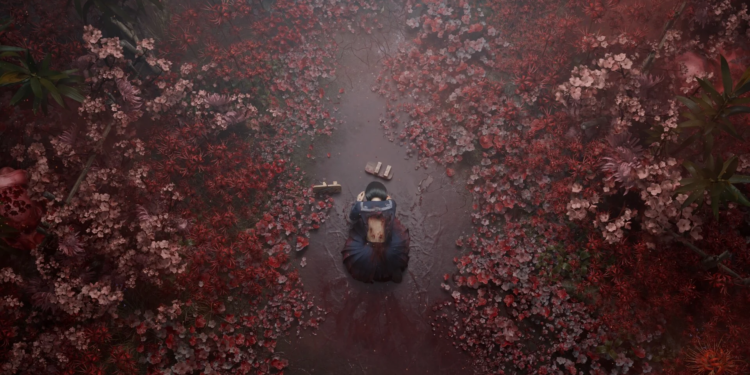The Silent Hill series has always thrived on psychological horror, surreal storytelling, and that creeping dread that settles deep in your bones. With Silent Hill f, Konami is taking a bold step forward, transporting us to 1960s Japan in the fictional town of Ebisugaoka. But this isn’t change for the sake of change, this is Silent Hill evolving in a way that feels fresh, terrifying, and full of potential.
Much like Silent Hill 4: The Room before it, Silent Hill f shakes up the formula by stepping beyond the fog-drenched streets of its namesake town. This time, we find ourselves in 1960s Japan, in the isolated, rural town of Ebisugaoka, following Shimizu Hinako, only the second female lead in franchise history since Silent Hill 3’s Heather Mason. But Hinako’s journey isn’t just about survival; it’s about confronting a reality that bends and warps, not into the series’ signature rusted, blood-slicked industrial nightmare, but into something eerily organic. Here, beauty and decay are inseparable. Flowers bloom in grotesque harmony, their creeping, parasitic elegance making the horrors feel almost…inviting.
Rewatching the trailer, it’s clear the developers are channeling the very essence of classic J-Horror. The dreamlike unease, the slow-building dread, it all feels like a love letter to films like Noroi and Onibaba. And that imagery? The blooming spider lilies, the writhing tendrils, the creeping inevitability of nature reclaiming the body, this is Silent Hill nightmare fuel at its finest. Even without series veteran Masahiro Ito, the creature designs by newcomer ‘Kera’ are absolutely unnerving, especially that first monstrosity, which lurches forward like something yanked straight from a sleep paralysis episode. The game also exudes strong Fatal Frame, Forbidden Siren, and Kuon vibes, harkening back to the golden age of PS2-era Japanese horror, the kind of slow, creeping terror that lingers long after you’ve turned off the screen.

Of course, not everyone is thrilled about this shift. Some fans argue that without the original town’s signature fog and cult-driven horrors, Silent Hill f doesn’t feel like Silent Hill. But let’s be honest, the franchise has always experimented with its settings. Silent Hill 3 started in a suburban shopping mall before dragging Heather into its depths, and Silent Hill 4: The Room took place mostly in Ashfield. Silent Hill f seems to be following this tradition, expanding the scope of Silent Hill’s influence without losing its psychological and supernatural roots.
What makes Silent Hill f such an exciting prospect is that it doesn’t have to replace the Silent Hill experience fans know and love, it can complement it. Just look at Silent Hill 2 Remake, a breakout hit that sold over two million copies in under six months despite being exclusive to PS5 and Steam. Bloober Team knocked it out of the park, and they’re already working with Konami on another project. That was a faithful recreation, and it reminded us just how powerful the original formula still is. Given that success, it’s easy to see how Konami could continue using remakes of past titles to preserve and refine the classic Silent Hill formula, ensuring that the fog-drenched, psychological horror experience remains intact for those who crave it. Meanwhile, new entries like Silent Hill f offer a chance to push the franchise forward, experimenting with fresh ideas while staying true to its core themes.

Yes, Silent Hill f looks different. But beneath the shift in setting and aesthetics, there’s something undeniably Silent Hill about it. It’s in the overwhelming dread that seeps into every frame of the trailer. It’s in the deeply personal horror that Hinako is forced to confront. It’s in the sense of something ancient, something inescapable, closing in. That’s Silent Hill through and through. And if fans can embrace both the faithful recreations of the past and bold new visions for the future, then the franchise might finally be on the verge of the comeback it so rightfully deserves.






